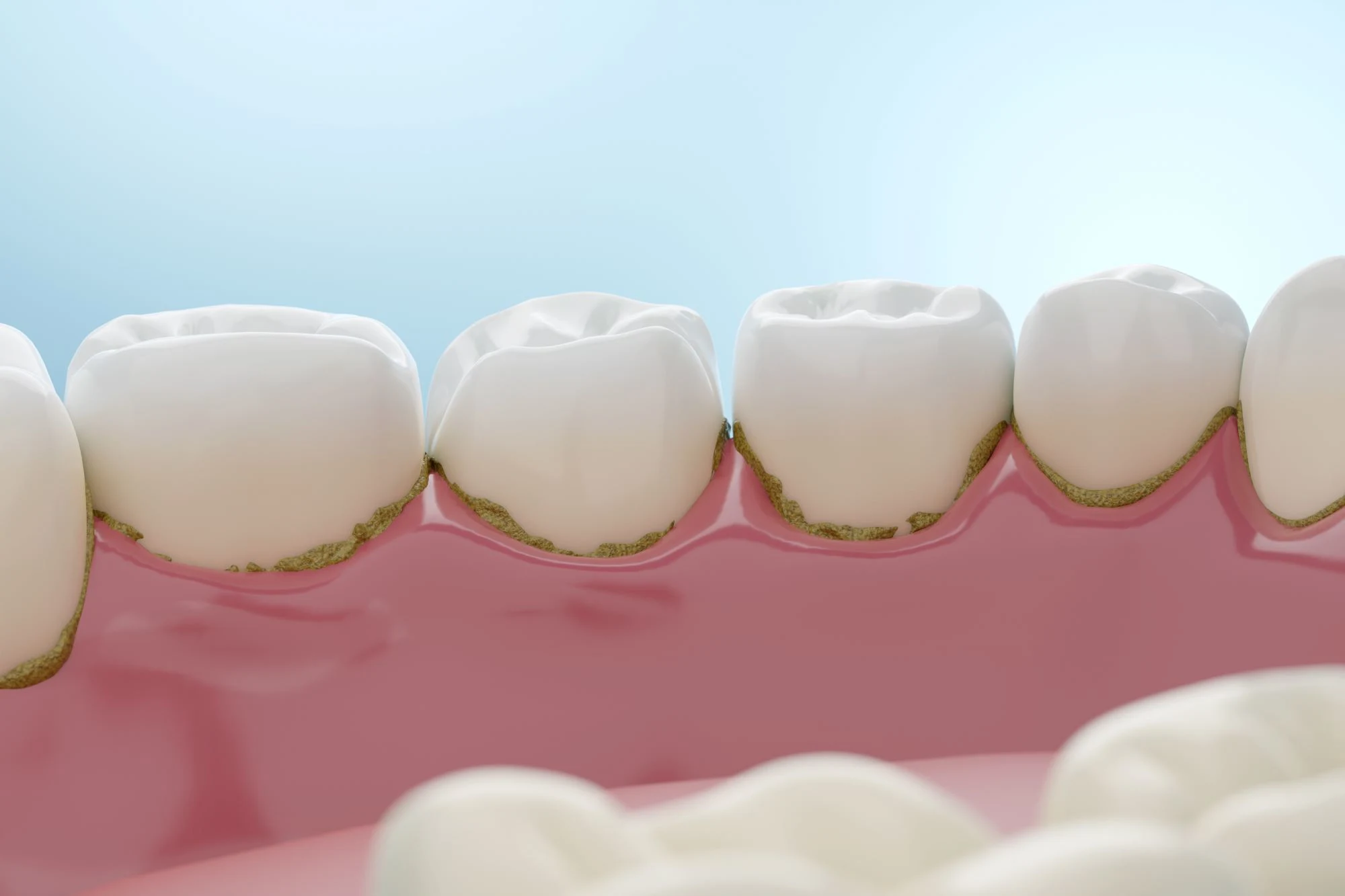
Plaque (Dental Plaque): Causes, Prevention, and Removal

This blog has been reviewed and approved by Francesca Dusio, an Italian registered Dentist with a strong international background.
Table of Contents
Key Takeaways
- Dental plaque is a sticky, colorless, or pale-yellow film that forms on your teeth when bacteria, food particles, and saliva interact in your mouth.
- When plaque builds up, it hardens into tartar. While you can remove plaque by practicing good oral hygiene habits, like brushing at least twice a day and flossing at least once, tartar can only be removed by a dental professional.
- Dental plaque buildup is caused by sugary or starchy foods and drinks. It gets worse due to poor oral hygiene habits, dry mouth, and smoking tobacco, which increases the rate of plaque deposition.
- The best way to remove dental plaque is by brushing with an electric toothbrush at least twice a day, flossing at least once a day, and rinsing with an antibacterial mouthwash. It’s important to visit your dentist twice a year for a professional cleaning and checkup.
- Prevent plaque from building up on your teeth and gums by maintaining a good oral hygiene routine, limiting sugary and starchy foods in your diet, and avoiding smoking and chewing tobacco.